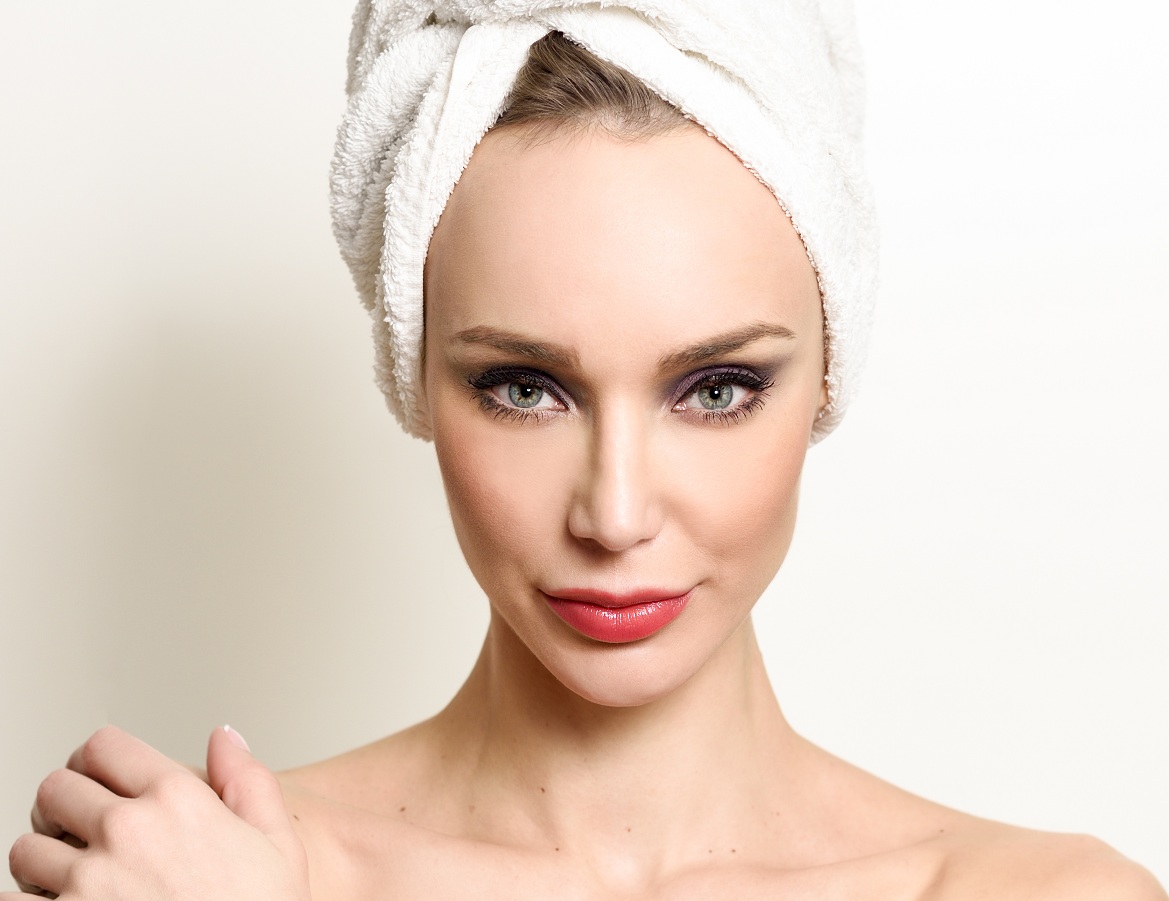Injectable fat grafting is one of the newest plastic surgery techniques. While fat has been tried as a soft tissue filler as long ago as the 1950s, it has only become widely used more recently. Liposuction certainly accounts for one of the reasons fat grafting has become popular as we have looked at and discarded suctioned fat for decades. The appreciation that fat is loaded with stem cells has also fueled its potential as a graft material. While it is a natural filling material to use, much of the science as to what happens after its transplantation is not fully known. There remain many purported claims as to its benefits, some of which are certainly true. But it is far from a perfected technique and many questions about it remain to be answered.
Patients have many questions about fat grafting and here are some of the most common and relevant ones.
Where can fat grafting be performed in the body?
The beauty of injectable fat grafting is that it can easily be placed anywhere and is the safest implantable ‘material’ that we know. Therefore, any body area that needs more volume or tissue fill can be injected providing the recipient is healthy tissue with a normal blood supply.
Where do you get the fat to inject?
Fat can be harvested by liposuction anywhere there is an undesired amount. The site chosen must have enough fat for the area to be injected. In general, the amount of fat needed for the face is usually small while that for the body (buttocks) is fairly large. Therefore the abdomen is a universal site for any application. The only area that would be excluded from harvesting is previous liposuction-treated areas which would be scarred with poor quality fat.
One area of active research is to determine if certain body sites have better quality fat for grafting. (i.e., Will some types of fat survive better after being injected/) There is no solid scientific evidence to date that one harvest site is better than another.
Does fat grafting work well for any area and how much fat can be expected to survive?
These two questions from any patient’s standpoint are the most important. We do know that not all body areas respond as well to fat grafting as others. On the face, the lips and laugh lines respond the poorest and often may eventually lose all injected volume. The rest of the face will usually have fat that will take at least 50%. The buttocks is the only body site currently where large fat volumes are placed. Ultimate survival can be anywhere from 30% to 80%. Complete survival of all injected volume does not usually occur anywhere.
Can I have my fat frozen and used later for additional sessions?
No. While fat storage and thawing reuse can be done, it has been shown that it will completely reabsorb after grafting. In addition, the chance of infection is increased.
Can I use a friend’s or relatives fat for injection?
Fat like all of our body’s tissues are very specific for each person. Your body will reject it and get infected if anyone else’s fat is used. Tissue matching is not an option for fat grafting currently.
How does the fat survive after it is transplanted?
Fat cells are very delicate and fragile and only loosely connected to their blood supply. The cells are harvested, prepared, and then injected into the treatment site in many small criss-crossed tunnels. The fat cells survive and keep their volume if and when the new blood vessels grow in to feed them. It is a race between having them get hooked back up to a nourishing blood supply and the cells dying due to lack of nutrition.
What special methods are used to prepare the fat?
Fat grafting remains a bit of an alchemy approach. But the one consistent preparation step is the concentration of the fat and removal as much as possible of any extraneous fluids. What it is mixed with after varies by surgeon preference. Most will not mix it with anything else and put it directly into syringes for injection. Others may use antibiotics or even insulin. In some cases, I will use PRP (platelet-rich plasma) as a natural ‘supercharging’ treatment as it is loaded with high concentrations of growth factors which may be helpful in nourishing the fat cells and getting them an early ingrowth of blood vessels.
How is the fat injected?
Fat is injected and transplanted using the micro-grafting technique. This means using very small cannulas. This is so very thin tunnels will be created with fat filling these tunnels. The fat tunnels are at different levels, and cross through the area to be augmented. Together, these will allow the best opportunity to have the new blood supply grow in.
How long does fat grafting take to perform?
Depending on the areas to harvest and to graft, it can be as little as 1 hour for the face. If it is a larger area like the buttocks with liposuction the procedure usually takes 2 to 3 hours.
What is the recovery time for fat grafting?
It depends on the areas and the size to be treated and where the fat is harvested. In face grafting you feel fine right away, just look very swollen for days to weeks. For buttock grafting, after about 2 days most patients feel good enough to walk around and slowly get back to their normal activities. There is not much swelling. I do not restrict patients from sitting afterwards.

